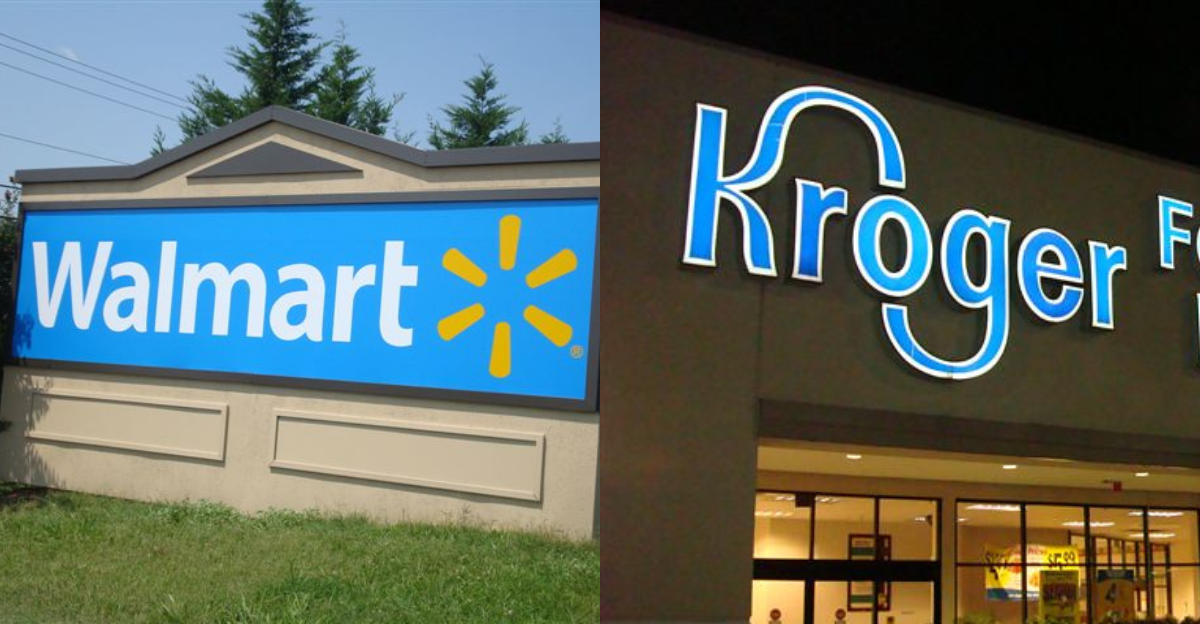
It’s as bad as it seems. The FDA even classified the recall as Class I, which means high risk for severe health complications. Across no less than 18 states, everyone must check their pantries. And the worst part? Everyone is at risk! Allergies are no joke, from the youngest among us to the oldest, they’re the defining factor attacking our health at every turn.
How Did The Bread “Contamination” Happen?
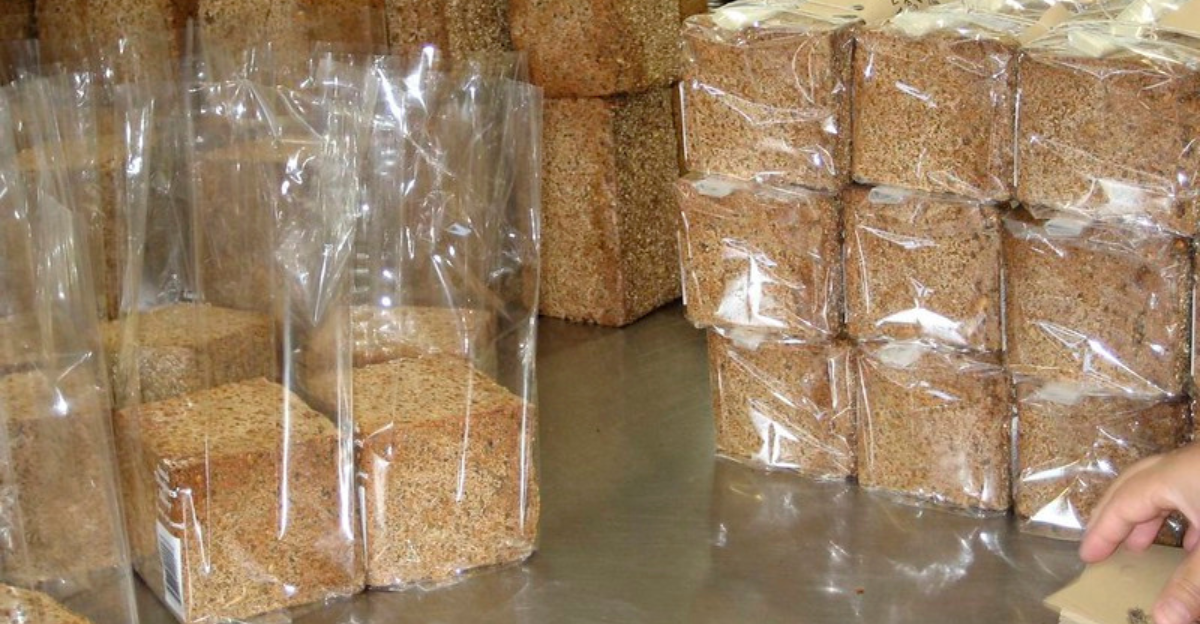
So, we’re talking about a potentially deadly nut allergy. If it’s consumed, then it can most definitely cause anaphylactic shock. Should anyone with a nut allergy consume it, then the path is this: the blood pressure drops. Airways narrow. Breathing is blocked, and the feeling of imminent suffocation ensues. Worst-case scenario? Without immediate help, this is deadly. The FDA theorizes that the most likely way this occurred is by packaging the bread wrong. Hazelnut-containing loaves were placed in plain white-bread bags. It’s incorrect labeling that makes a harmless looking everyday staple into a serious risk for people’s lives.
Bread Names To Look Out For
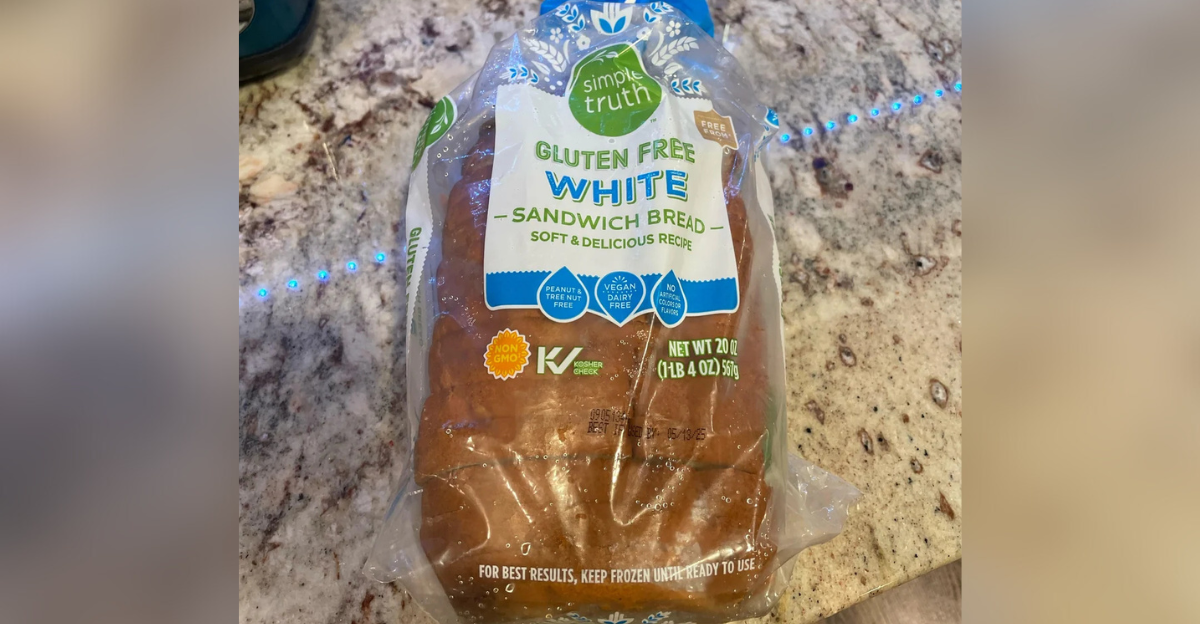
Hartford Bakery, Inc. voluntarily pulled 900 loaves of Lewis Bake Shop Artisan Style 1/2 Loaf Bread. What you must do now is look for UPC 24126018152. Net weight 12 oz. (340g), lot codes: T10 174010206 to 020406; they’re six specific batches. You’re in the clear if the packages don’t have the “Best By” date as July 13, 2025. If you’re checking these labels carefully, you know which batches had the potential to be hazelnut-contaminated now.
Which Ones Are The Affected States?
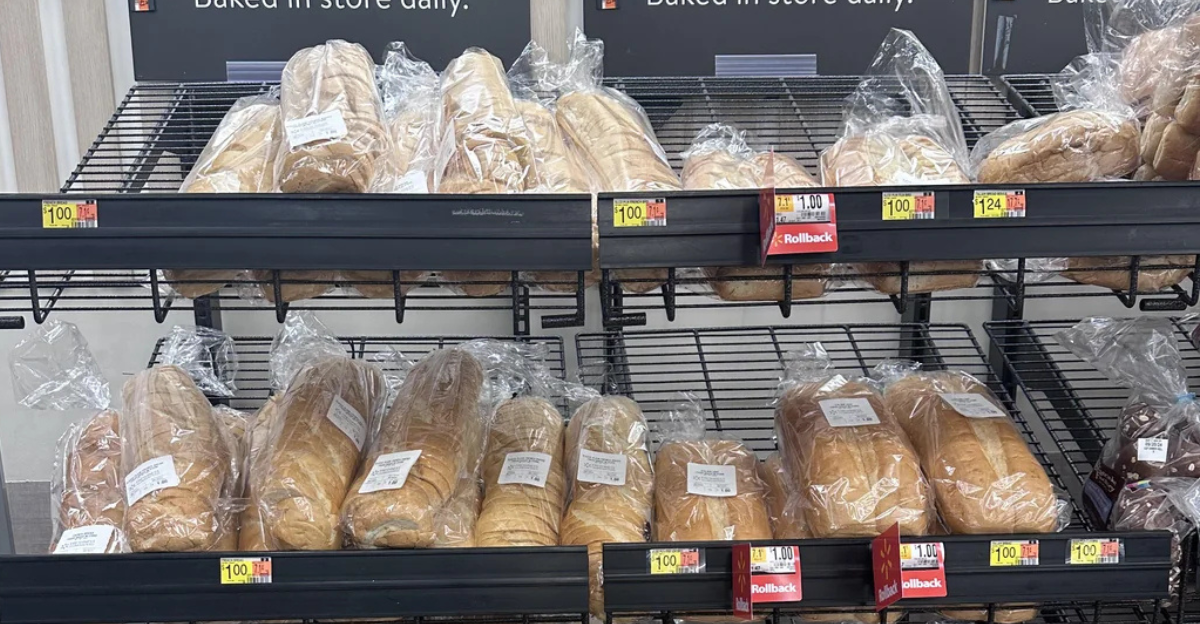
As we said, there are 18 of them. Kroger and Walmart distributed their bread products across Alabama, Arkansas, Georgia, Illinois, Indiana, Kentucky, Michigan, Mississippi, Missouri, North Carolina, Ohio, and Tennessee. Because this distribution was so massive, millions are at risk. It’s actually one of a kind in how large this health risk is. If you know your local Walmart is targeted, don’t waste your time checking the bread in your pantry.
How To Safely Dispose Of The Bread

You bought it without knowing. Now you must ensure it’s being taken care of without any risk. Remember, even if the bread looks and smells normal, bits of hazelnut can still be hidden inside it. You have two options now: either go to the store and request a full refund, or dispose of it. It’s not worth the risk, especially with young children, guests, or around anyone you do not possess the full medical history for. So wipe down the surfaces the bread might’ve been on as well! If anyone displays allergy symptoms, seek help immediately.
There Have Been No Hospitalizations, But There Is One Case
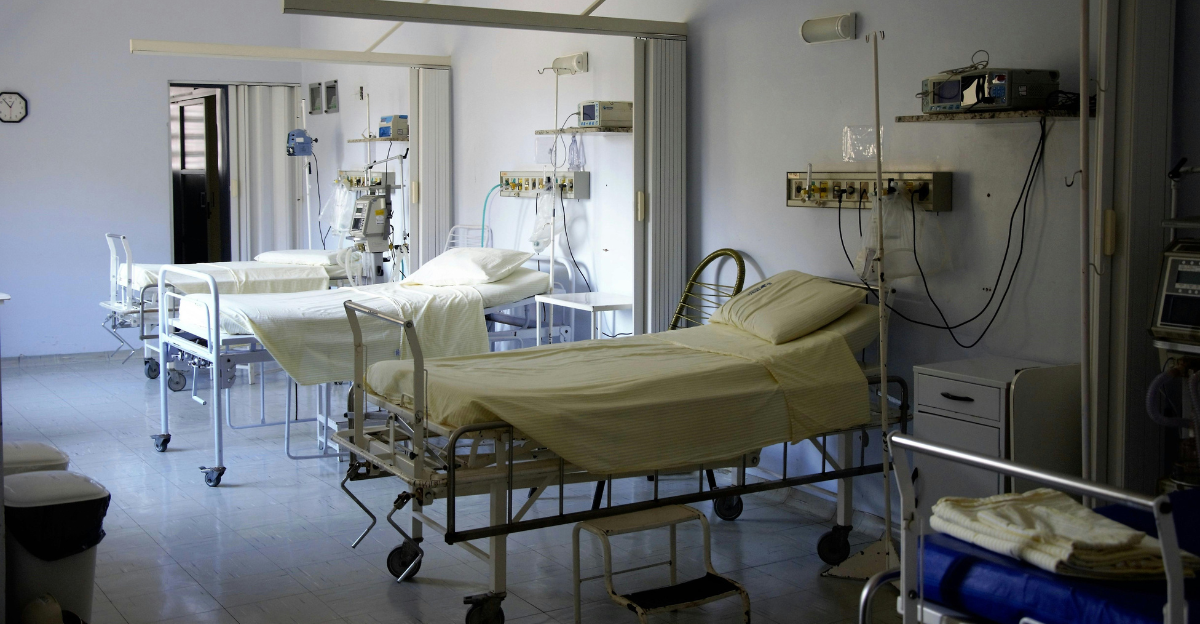
Fortunately, no one was seriously affected by this case. However, one consumer reported digestive issues after consuming the bread. Fortunately, they were not in need of hospitalization. But the FDA is relentless! No matter what, it is best to play this safe, check the labels. Because should an allergy escalate, then the results can be proven a catastrophe. Because, again, once anaphylaxis installs, people have minutes, even less, to make it out alive.
A Look Behind The Scenes
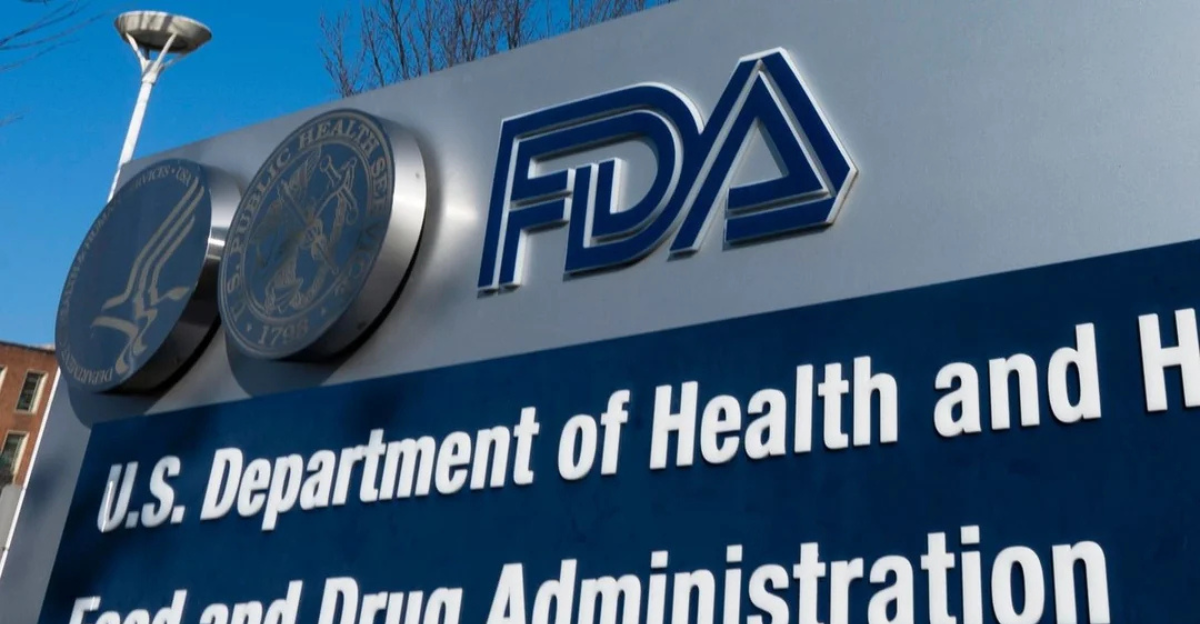
As previously stated, the problem lies in the packaging. Hartford Bakery found this out while investigating why so many consumers have been complaining recently. And they acted quickly to recall six contaminated batches in the process! So, was this negligence, or just a one-time slip? Hartford Bakery promises to do internal quality testing, new labeling checks and randomized audits to prevent this error from happening again. They are fast, dedicated, and remorseful for the customers that have been wrongly affected by this packaging error.
Recalls Are Frequent, But This One Is Rare

Food recalls happen multiple times per year. But this one, well, this one is one of a kind. Since this is about a basic food millions of people consume, the reach is spreading widely. Plus, experts say a Class I recall about such a common food, like bread, sandwiches, the usual, is pretty rare. Pulling this item off the shelves leaves many unnerved, if not incredibly anxious, over who and what they can even trust anymore. Mislabeling such a staple is an easy thing to do, yet the consequences are some of the most severe.
Should We Expect Big Changes?

This incident has the potential to be bigger than just an unfortunate case of contaminated bread. Kroger and Walmart have mailed alerts, posted signs in stores, and updated their online notices! They’re committed to full refunds as well, even without a receipt! If you, like most people, don’t keep your grocery receipts long term, then have no worries, Kroger and Walmart are putting your health and safety first. Retailers are also reinforcing quality control measures, by double-checking supplier lot codes before shelving products.
So, Check Before You Eat
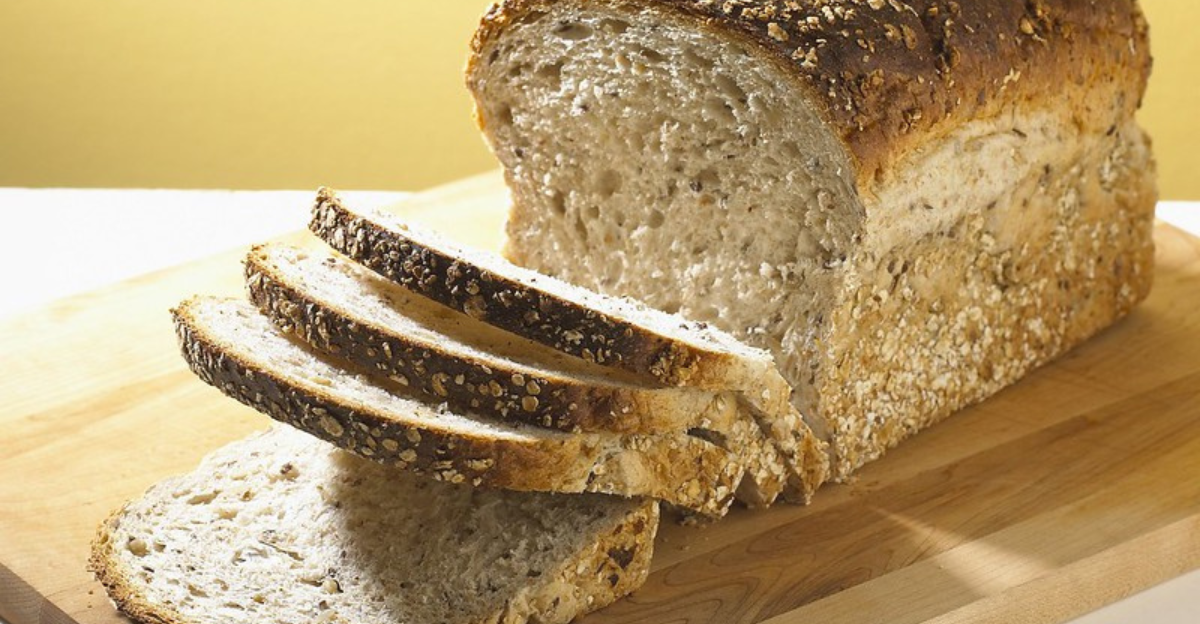
Everyday groceries, even though they should be, are not always immune to health risks. The best thing the average consumer can do is to stay vigilant. This is a widespread distribution, one that reaches those most vulnerable among us. Which is why detecting issues early and being responsible with what you consume is the best and most important thing you can do. When you’re craving toast or a sandwich, spare a few seconds to double-check the bread’s label. Because, well, food safety is something people risk taking for granted until someone’s life is at risk.
